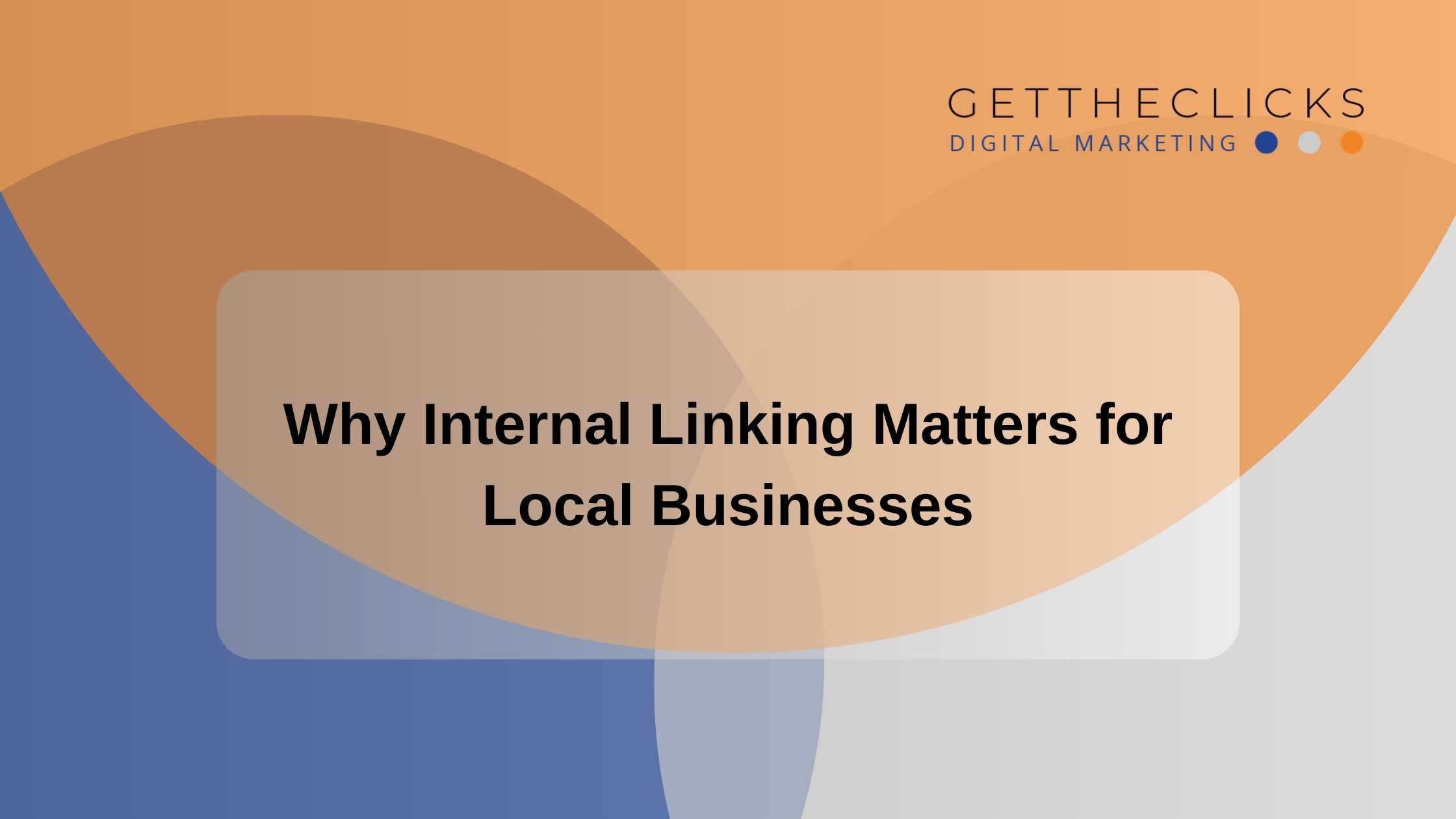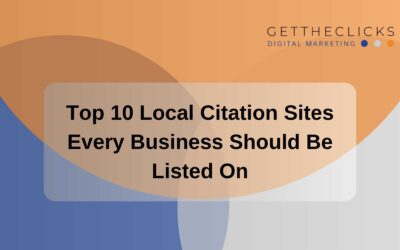In the digital world, local businesses are constantly fighting for attention in a crowded space. One effective way to boost online visibility and user engagement is internal linking. By linking to different pages on your website, you can guide users through your content and improve search engine optimization (SEO) to drive conversions.
What is Internal Linking?
Internal linking is linking one page on your website to another page on the same site. These links create a structure so users and search engines can navigate your website more easily. Unlike external links, which send users to other websites, internal links keep users on the same domain so they can explore more content and spend more time on the site.
How Internal Linking Helps with Local SEO
For local businesses, internal linking is key to SEO efforts. By distributing “link equity” – the value passed from one page to another through links – internal linking helps search engines understand the structure and importance of pages on your website.
This ensures users and search engines can easily find key pages like service offerings, contact information, and blog posts. Additionally, linking to location-based content helps with local relevance and increases the chances of showing up in location-based SEO results.
Improving User Experience and Engagement
A well-thought-out internal linking strategy improves user experience by providing clear paths to related content, making navigation easier. For example, a blog post about local events can link to a service page, giving the reader more value and encouraging them to explore more.
Creating logical connections between related content means users are more likely to find what they are looking for, thereby building trust and loyalty. This also keeps users on the site longer, reduces bounce rates, and guides them along a conversion path from a blog post to an appointment booking page or a contact form.
Internal links can also highlight promotions or featured services that need to be seen, which means more opportunities for engagement and sales.
Increasing Page Authority and Visibility
Internal linking helps build authority for specific pages by telling search engines they are important. Google sees more internal links to a page as a sign of its importance and will potentially rank it higher. Local businesses can use this to their advantage by linking lower-traffic pages to higher-traffic pages and increasing their visibility and authority on the site.
Another way to improve internal linking is by creating topic clusters. Topic clusters are groups of related content linked together to show deeper expertise on a particular topic. By clustering content around a topic like local services or niche areas of expertise, local businesses can create a clear structure that search engines see as authoritative.
For example, a local bakery could cluster content around “Wedding Cakes” linking a central service page to supporting content like blog posts about cake designs, wedding trends, and customer testimonials. This helps search engines understand the site has comprehensive coverage on the topic and will rank all pages in the cluster higher.
Topic clusters also make it easier for users to find related content and improve their experience. When users find a well-linked group of content on a topic, they perceive the business as knowledgeable and trustworthy. For local businesses, this means more visibility and reputation as a go-to in their community.
Internal Linking Best Practices
To get the most out of internal linking:
- Use Descriptive Anchor Text: Describe the linked page content to give users and search engines context.
- Place Links Naturally: Link within the content to keep it readable and not overwhelm the reader.
- Create a Structured Navigation: Make sure all key pages are accessible through a logical and user-friendly navigation menu.
For example, a restaurant might link its “Menu” page to blog posts about specific dishes to give readers more information about their offerings.
Internal Linking Mistakes to Avoid
While internal linking has many benefits, there are some pitfalls to watch out for:
- Overlinking: Too many internal links can confuse the reader and dilute the value between pages.
- Using Vague Anchor Text: Phrases like “click here” don’t give context and make the link useless.
- Ignoring Broken Links: Outdated or incorrect links will frustrate users and hurt SEO.
Practical Steps for Local Businesses
To implement an internal linking strategy:
-
- Audit Existing Links: Review current internal links to find gaps and opportunities to improve.
- Use Tracking Tools: Use tools like Screaming Frog, Google Search Console, and Ahrefs to monitor internal links and track their performance.
- Use WordPress Plugins: WordPress plugins like Yoast SEO and Link Whisper can help manage internal links.
For example, a florist could link from a “Wedding Flowers” blog post to their “Wedding Services” page to guide potential customers to the relevant offerings.
Putting Your Internal Linking into Action
Internal linking is a powerful but underutilized tool for local businesses to improve their online presence. By improving SEO, enriching user experience, and building page authority, a well-thought-out internal linking strategy will deliver results.
With a solid internal linking strategy, search engines will understand the content better and guide potential customers to the right pages, making their journey through the site seamless and productive. Local business owners should integrate these into their sites to increase visibility, community reputation, and customer engagement. By linking related topics and services, businesses can create a network of content that will help search engines rank their pages higher and become a resource hub for their visitors.

A graduate of Full Sail University with 20+ years of SEO and web design experience, Neil handles all things SEO and tech here at Get the Clicks. He also splits his time with our sister company, Ecodelogic as a Project Manager for our development team. He loves football (he is a misguided Patriots fan) and dogs. As you can imagine, he keeps up with the needs of our clients and keeps us all on our toes!




